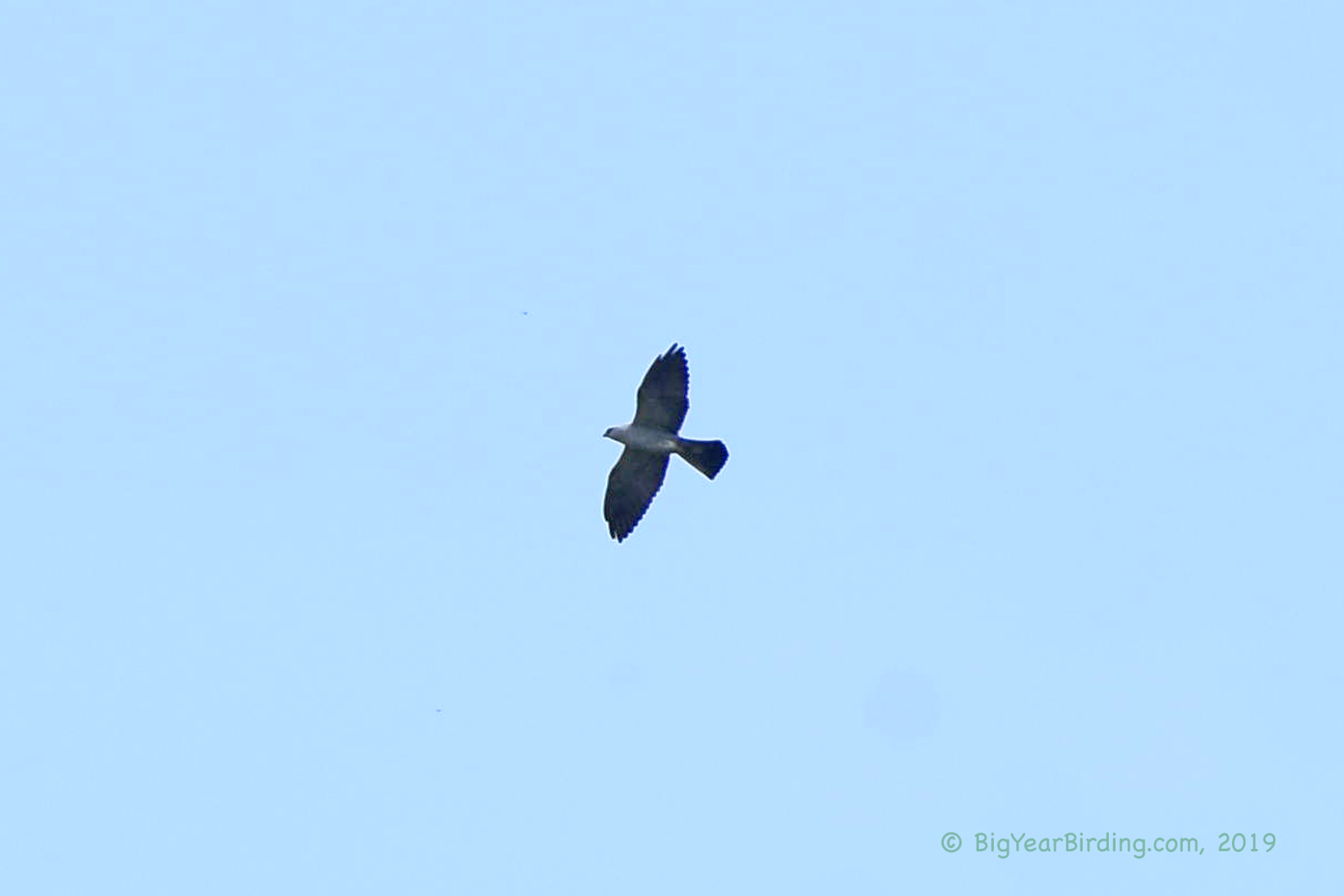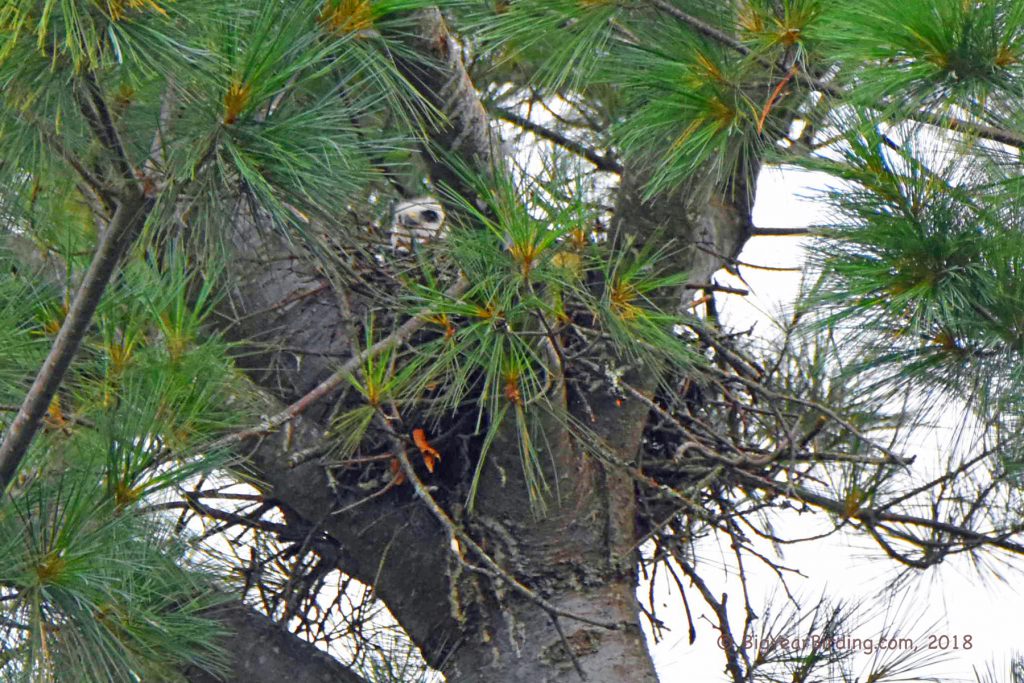
The Mississippi Kite (Ictinia mississippiensis) is a medium-sized raptor species found in the southeastern United States. They have a unique and graceful flight pattern, making them a popular species for birdwatchers to observe. Adult Mississippi Kites typically measure between 12-15 inches in length and have a wingspan of 35-40 inches.
Mississippi Kites have a distinctive appearance with their grey head and chest, and white underparts. They have a dark band across their eyes, giving them a striking and distinguished appearance. Juvenile Mississippi Kites have a more mottled appearance with brown streaks on their breast and a rusty coloration on their wings.

In terms of weight, male Mississippi Kites typically weigh between 7-9 ounces, while females can weigh between 8-10 ounces. They are relatively lightweight compared to other raptor species, making them agile flyers and allowing them to hunt more acrobatically in the air.
Mississippi Kites are migratory birds, spending their summers in the southeastern United States and migrating south to South America for the winter months. They are known for their communal breeding behavior, with multiple pairs of kites often nesting in the same area. Their diet consists mainly of insects, such as grasshoppers and dragonflies, but they have also been known to feed on small birds and rodents.
Mississippi Kites have faced some threats to their population in recent years, including habitat loss and pesticide use. However, conservation efforts have been put in place to protect and preserve their habitats, and their population is currently considered stable. With their unique appearance and graceful flight, the Mississippi Kite is a beloved species among birdwatchers and nature enthusiasts alike.
Mississippi kites breed across the central and southern United States. Breeding territory has expanded in recent years and Mississippi kites have been regularly recorded in the southern New England states and a pair has successfully raised young as far north as New Hampshire. They migrate to southern subtropical South America in the winter. Mississippi kites usually lay two white eggs (rarely one or three) in twig nests that rest in a variety of deciduous trees. In the past 75 years, they have undergone changes in nesting habitat from use of forest and savanna to include shelterbelts and are now very common nesters in urban area that are highly populated in the western south-central states.
